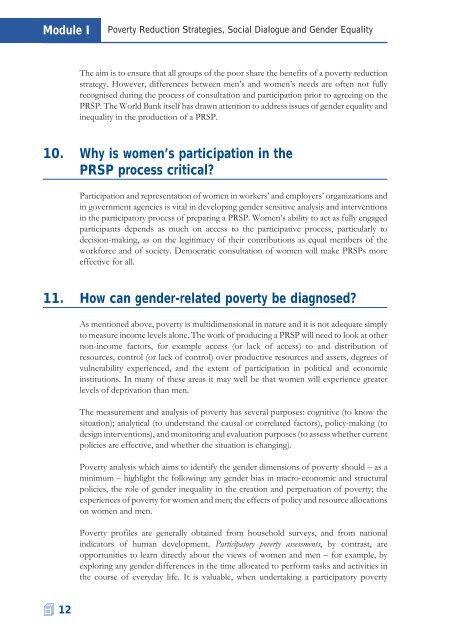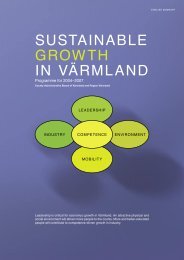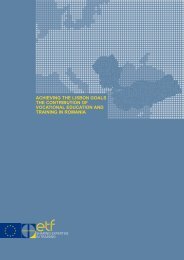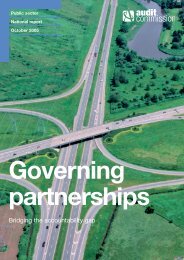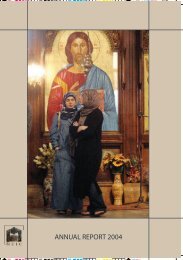PDF (345 KB ) - Document Database website
PDF (345 KB ) - Document Database website
PDF (345 KB ) - Document Database website
Create successful ePaper yourself
Turn your PDF publications into a flip-book with our unique Google optimized e-Paper software.
Module I<br />
Poverty Reduction Strategies, Social Dialogue and Gender Equality<br />
The aim is to ensure that all groups of the poor share the benefits of a poverty reduction<br />
strategy. However, differences between men’s and women’s needs are often not fully<br />
recognised during the process of consultation and participation prior to agreeing on the<br />
PRSP. The World Bank itself has drawn attention to address issues of gender equality and<br />
inequality in the production of a PRSP.<br />
10. Why is women’s participation in the<br />
PRSP process critical<br />
Participation and representation of women in workers’ and employers’ organizations and<br />
in government agencies is vital in developing gender sensitive analysis and interventions<br />
in the participatory process of preparing a PRSP. Women’s ability to act as fully engaged<br />
participants depends as much on access to the participative process, particularly to<br />
decision-making, as on the legitimacy of their contributions as equal members of the<br />
workforce and of society. Democratic consultation of women will make PRSPs more<br />
effective for all.<br />
11. How can gender-related poverty be diagnosed<br />
As mentioned above, poverty is multidimensional in nature and it is not adequate simply<br />
to measure income levels alone. The work of producing a PRSP will need to look at other<br />
non-income factors, for example access (or lack of access) to and distribution of<br />
resources, control (or lack of control) over productive resources and assets, degrees of<br />
vulnerability experienced, and the extent of participation in political and economic<br />
institutions. In many of these areas it may well be that women will experience greater<br />
levels of deprivation than men.<br />
The measurement and analysis of poverty has several purposes: cognitive (to know the<br />
situation); analytical (to understand the causal or correlated factors), policy-making (to<br />
design interventions), and monitoring and evaluation purposes (to assess whether current<br />
policies are effective, and whether the situation is changing).<br />
Poverty analysis which aims to identify the gender dimensions of poverty should – as a<br />
minimum – highlight the following: any gender bias in macro-economic and structural<br />
policies, the role of gender inequality in the creation and perpetuation of poverty; the<br />
experiences of poverty for women and men; the effects of policy and resource allocations<br />
on women and men.<br />
Poverty profiles are generally obtained from household surveys, and from national<br />
indicators of human development. Participatory poverty assessments, by contrast, are<br />
opportunities to learn directly about the views of women and men – for example, by<br />
exploring any gender differences in the time allocated to perform tasks and activities in<br />
the course of everyday life. It is valuable, when undertaking a participatory poverty<br />
12


